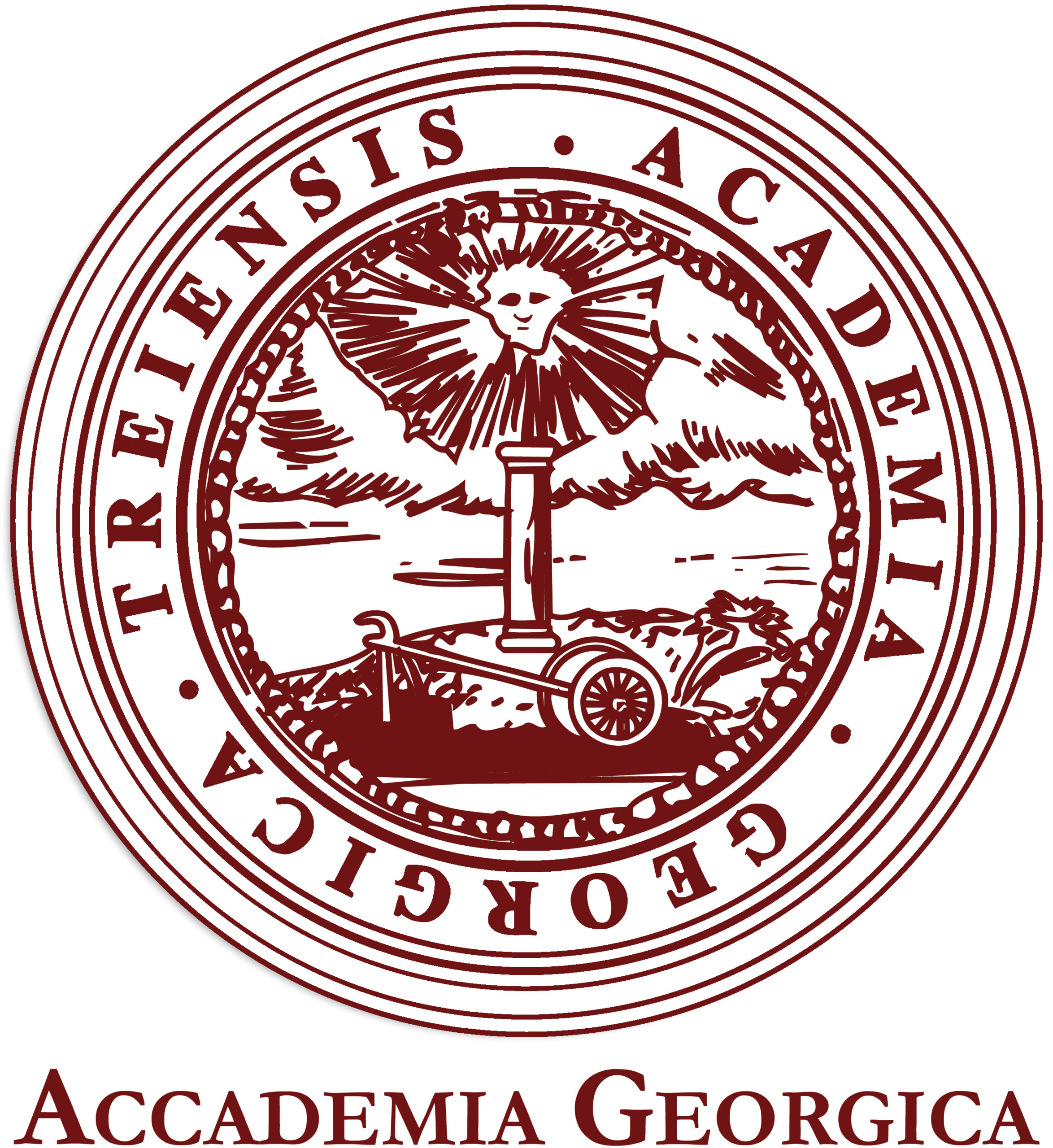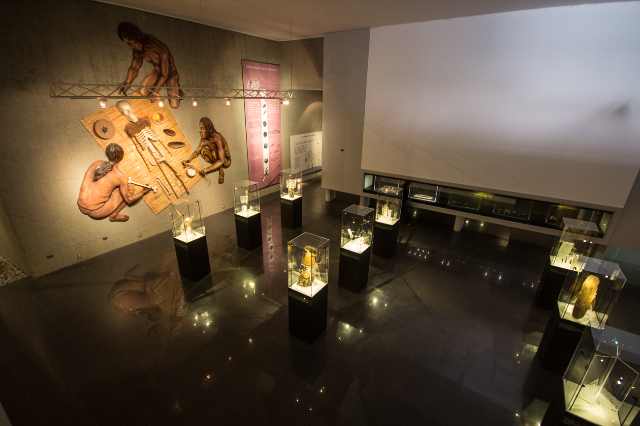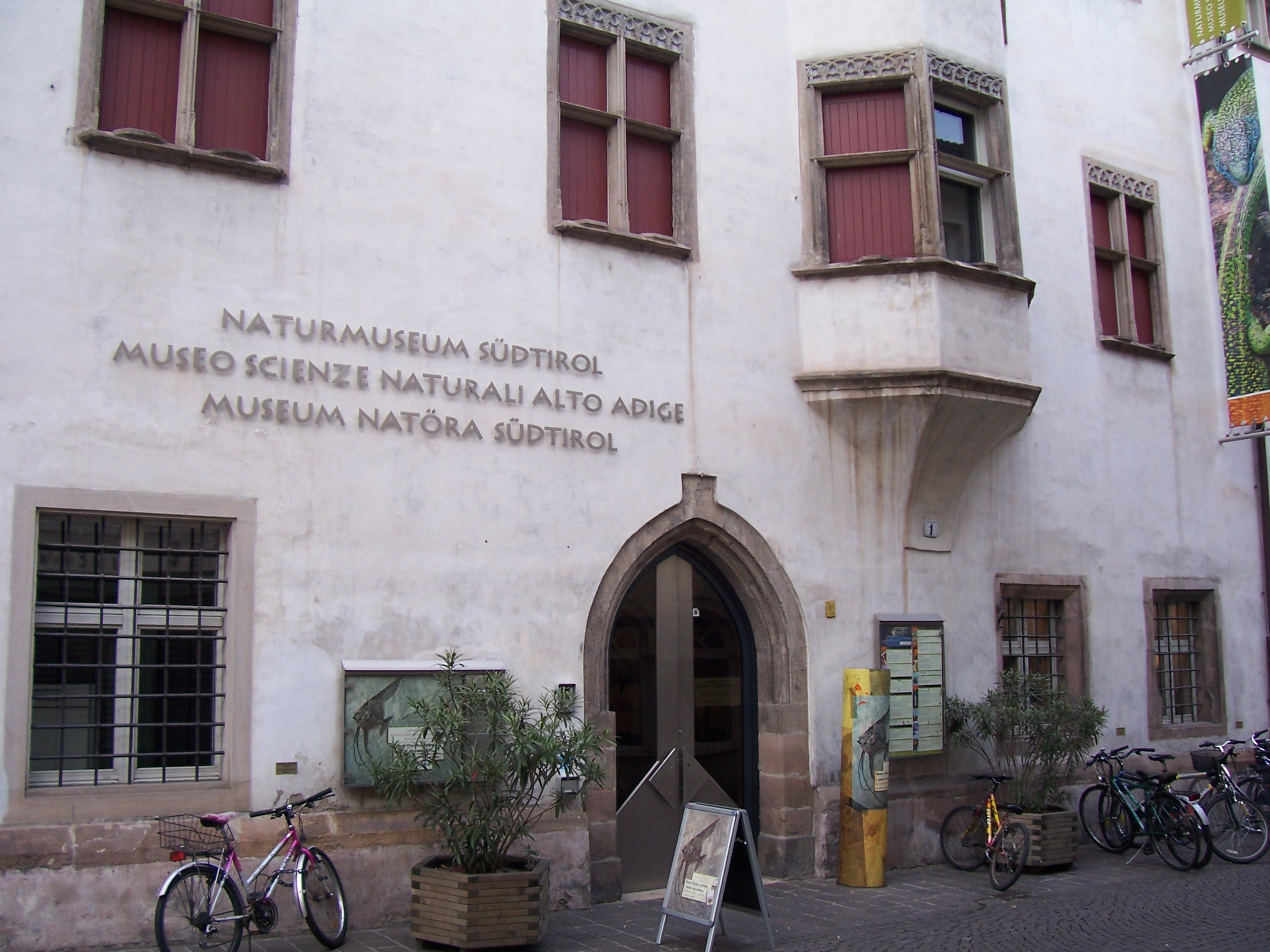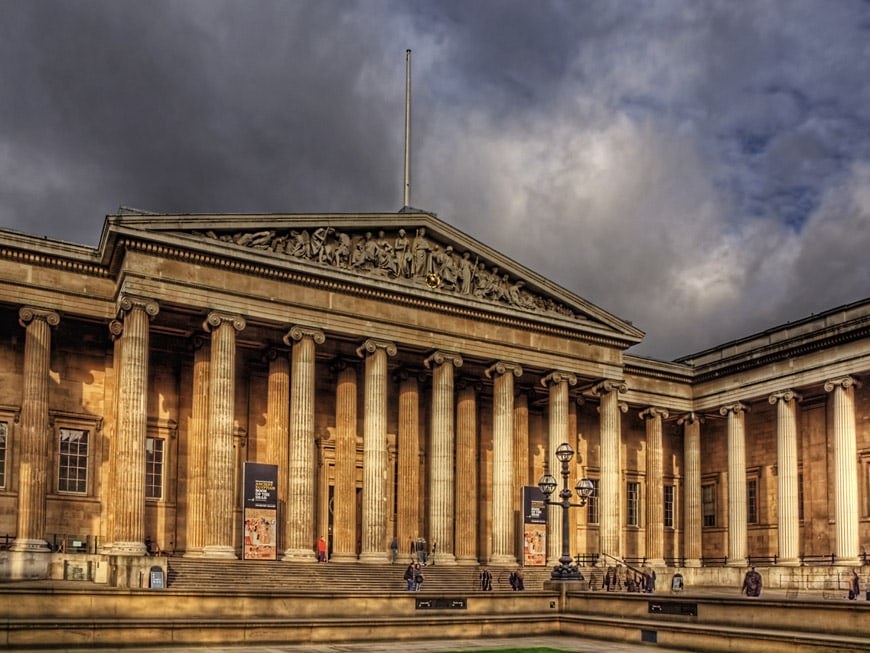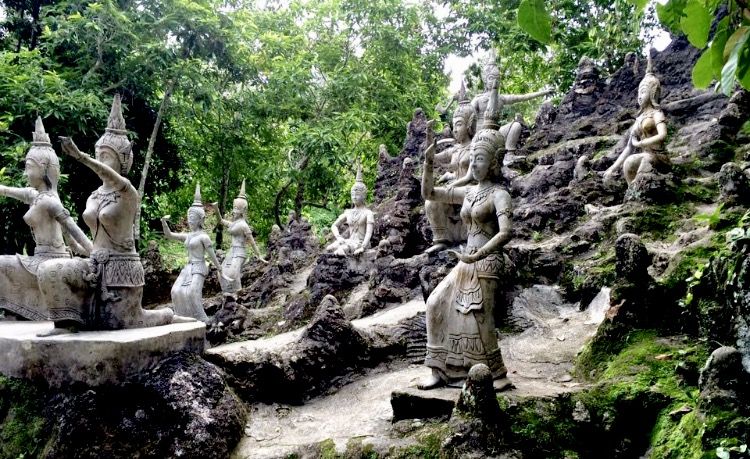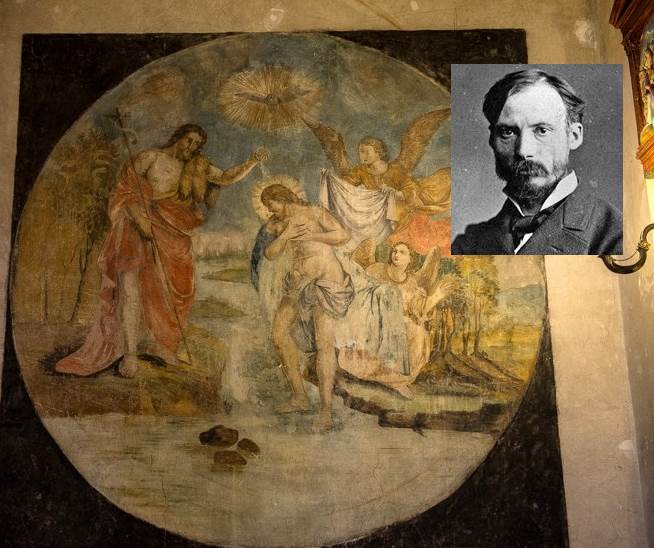The Accademia Georgica is housed in the prestigious 19th century building designed by the architect Giuseppe Valadier and crowns the city’s main square.
In the 15th century, the humanistic passion that drove many to intellectual activity animated, according to tradition, an erudite and apostolic writer, Bartolomeo Vignati, who in 1430 wanted to found in his hometown, Treia (then called Montecchio), an Academy of noble intellectuals dedicated to the "enchanting art of Apollo". Those nobles decided to call themselves Sollevati, alluding to the sublimating power of the poetry they cultivated and, in the coat of arms that represented them, they impressed a graceful little cloud attracted by the sun, symbol of the lightness and lightness of their poetic compositions.
The Academy lived its most fertile period between the end of the eighteenth century and the beginning of the nineteenth century, right in the age of the Enlightenment whose ideas reached the Marche region even before the Napoleonic army.
The remarkable demographic increase of that period caused a strong economic crisis that affected the whole Europe. Effective remedies could be, according to the physiocratic and liberalist current, the progress and development of agriculture. This theory found fertile ground in Treia where in 1778 some intellectual innovators and agronomy lovers decided to transform the Accademia dei Sollevati into a center for the study and experimentation in agriculture. To sanction this passage, the institution changed its name to Accademia Georgica dei Sollevati.
Soon the Treia’s Academy gained notoriety and was able to connect with the Georgofili Academy of Florence, with which still today there are close relations, and with the one of Bern.
The activity of the Accademia Georgica of Treia pursued two objectives: research and experimentation. The studies and experiments were published in the "Journal of Arts and Commerce" edited by the Academy in the years 1780-1781 and spread not only in Italy, but also in Europe. Napoleon Bonaparte himself thought of making it a center of agricultural culture for Italy.
The experiments and innovations of the researchers of the Academy marked an important turning point in the agricultural sector. It is worth mentioning the cultivation of hemp and linen, the extraction of oil from seeds, especially from grape seeds, the introduction of the cultivation of potatoes and corn, the importation of fodder unknown to the peasants of Marche such as sulla, alfalfa, sainfoin, lojetto, savoy cabbage and turnip, the discovery of new vines, the cultivation of tobacco, the search for new seeds, agricultural rotation and beekeeping. In particular, the introduction of the new forage grasses determined in a short time the agricultural valorization of the immense expanses of clayey soil that found in these new crops the plants suitable for the local rotation of crops, thus giving a significant boost to livestock production. In fact with the cultivation of fodder was avoided to leave the land uncultivated making faster the recovery of fertility and, at the same time, it was obtained an abundant food for livestock. Scholars also supported the "biological way" in the defense of the environment and crops from harmful insects.
In 1781, with a brief of Pope Pius VI, the Academics obtained the authorization from the Papal Government to build in Treia the "Houses of Correction and Work" where young misfits, vagrants and unemployed were employed in the manufacture of cloth, refi and lace, and fabrics for the sails of boats.
In 1799 they began systematic meteorological observations in order to know the effects of climate change on man and crops.
After the extraordinary intellectual commitment of the Enlightenment generation, the Academy remained alive as a center of culture by virtue of its rich library, archival and artistic heritage. According to an agreement signed in 1870, the Municipality entrusted to the Academy all the book and documentary patrimony of the Municipality originated from the suppression of the religious orders in 1861. Today, the Academy preserves about 14,000 volumes and the Municipal Historical Archives – one of the oldest and most complete in the Marche region – made up of the administrative-judicial fund with 852 manuscripts and the diplomatic-pergamenaceous fund with 1,196 parchments, the oldest of which is dated 1161 and concerns the sale of the Castle of S. Lorenzo, while the most original for its total length of 11.98 m. is that relative to the acts of the trial of Podestà Baglioni held between 1278 and 1296.
They are also kept in the Academy: the Archives of the Academicians with manuscripts relative to studies in the field of agriculture, incunabula, codes, coinage, seals, the collection of photos with dedications and autographs of famous people donated by Raffaele Simboli, paintings by the futurist painter Giacomo Balla, portraits of illustrious Academicians (Bartolomeo Vignati, Giulio Acquaticci, Ilario Altobelli, Luigi Lanzi, Fortunato Benigni), the archival fonds of the Filippini Fathers, of the Clarisse, the Montebello musical fonds, the papers relative to the Municipal Theater and to the town Band.
Still today, the Academy offers an important contribution to the cultural development of the region and remains a point of reference for scholars and researchers, not only national.
